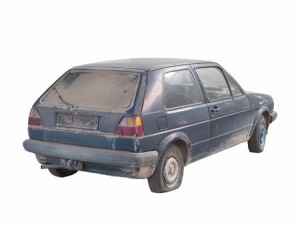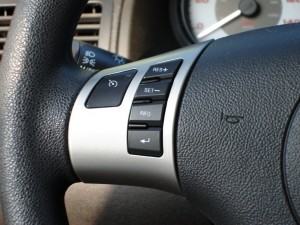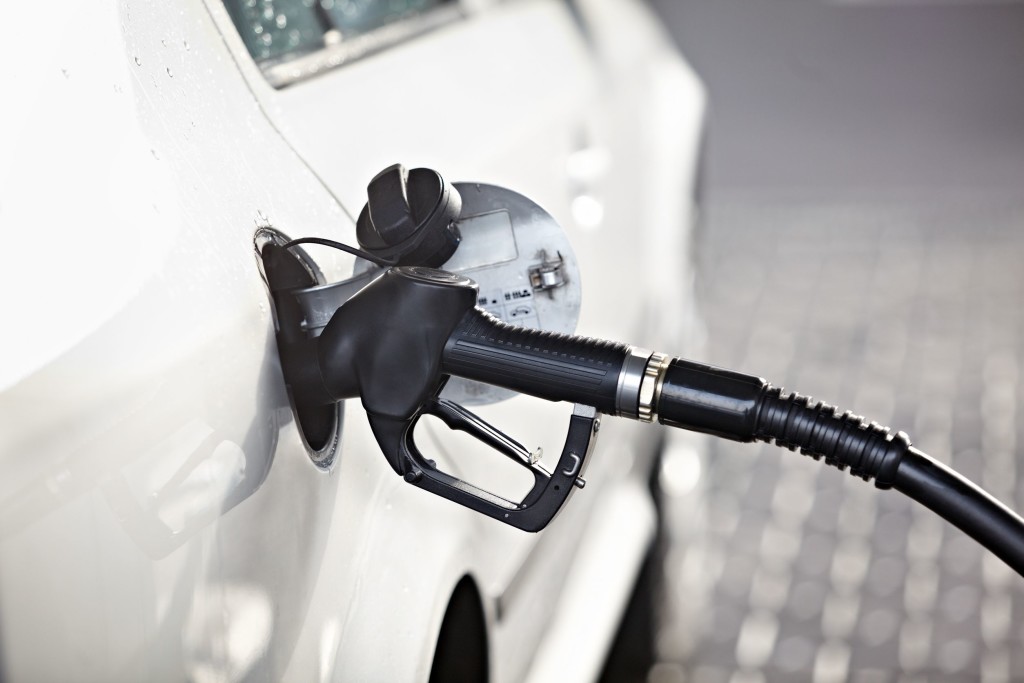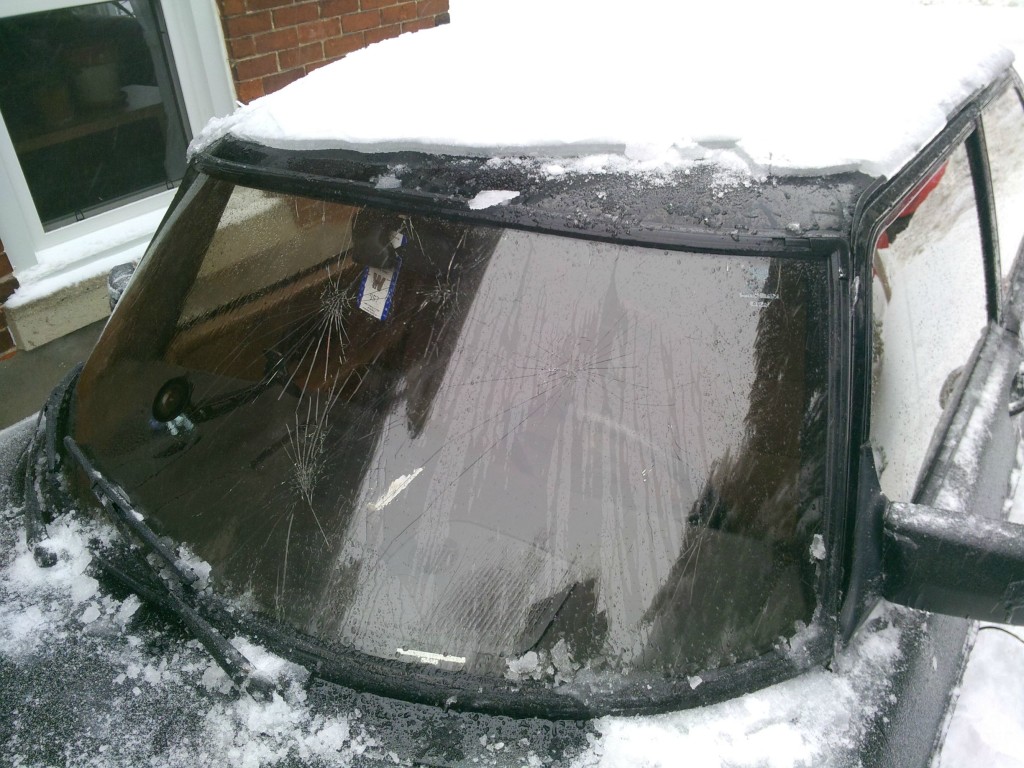Teens Less Likely to Drive Safe Cars
 A new report by researchers at the Insurance Institute for Highway Safety found that teens are more likely to drive older, smaller cars than adults, which puts them at greater risk for accident and injury.
A new report by researchers at the Insurance Institute for Highway Safety found that teens are more likely to drive older, smaller cars than adults, which puts them at greater risk for accident and injury.
According to the survey, teenagers are at a greater risk of injury during an accident than an adult counterpart who may be better protected in a newer vehicle. The IIHS said many older vehicles don’t have certain safety features like side airbags and electronic stability control. In all, the study found:
• 82 percent of teenage motorists involved in a fatal automobile accident were driving a car that was at least six years old. Only 77 percent of adults in similar accidents were driving vehicles that were at least six years old.
• 34 percent of teenage driving fatalities occurred in vehicles between six and 10 years old, 31 percent occurred in vehicles between 11 and 15 years old, and 17 percent took place in vehicles that had been on the road for at least 16 years.
• 57 percent of teens who died while driving a car that was less than three years old were driving a car classified as a “small car” or “minicar.”
Researchers say there are two main reasons for their findings. First, they suggest that teenagers who get a car soon after receiving their license are often given a family heirloom car that has been in the family for years and is often older than six years old. They also believe that teens who purchase a car are often working with a limited budget, meaning they’ll only be able to afford an older car with a lot of miles, or a newer small car that doesn’t offer the same crash protection as SUVs or larger cars.
Four Recommendations
In conjunction with their findings, the IIHS listed four recommendations for parents who want to help the new driver in their family find a safe and reliable vehicle.
Avoid Horsepower – Cars with extra horsepower can tempt teens into testing their speedometer.
Big and Heavy – Larger and heavier vehicles offer better protection during a crash.
Stability – Look for a vehicle equipped with electronic stability control, which helps a driver maintain control of the vehicle.
Safety Rating – Do some research on the vehicle’s safety rating before buying to ensure it meets your standards and expectations.
Related source: NY Times
-
Cruise Control Reduces Speed, Increases Driver Drowsiness
 Sep 26, 2013
Sep 26, 2013Most cars these days are equipped with cruise control, which allows a driver to set the speed of the vehicle without having to maintain constant contact with the gas pedal. In fact, you may be surprised to learn that cruise control technology was first introduced 100 years ago. Cruise control is a useful tool for […]
-
The Surprising Downside of Driverless Cars
 Mar 18, 2015
Mar 18, 2015Remember last week when we shared a story about driverless cars and how they’ll be more popular in 10-20 years? Well a new study says we might want to pump the brakes on driverless cars, as they’ll consume more energy than current transportation methods. Many auto experts believe that autonomous cars could help decrease fuel […]
-
The Do’s and Don’ts of De-Icing Your Windshield
 Jan 6, 2015
Jan 6, 2015Winter is finally here to stay, and with snow emergencies comes the need for drivers to clear their cars of ice and snow. There are a lot of different ways to clear snow from your car’s windshield, and some are better than others. Today, we discuss the Do’s and Don’ts of de-icing your windshield. Do […]




